Buying Property In Malaysia As A Singaporean: 6 Key Restrictions To Be Aware Of

Get The Property Insights Serious Buyers Read First: Join 50,000+ readers who rely on our weekly breakdowns of Singapore’s property market.
A seasoned content strategist with over 17 years in the real estate and financial journalism sectors, Ryan has built a reputation for transforming complex industry jargon into accessible knowledge. With a track record of writing and editing for leading financial platforms and publications, Ryan's expertise has been recognised across various media outlets. His role as a former content editor for 99.co and a co-host for CNA 938's Open House programme underscores his commitment to providing valuable insights into the property market.
Malaysia remains, hands down, Singaporeans’ favourite foreign property location. Besides lower costs, proximity is a major issue here: we have the option to stay in Malaysia and rent out our property in Singapore, or vice versa, as the situation requires. But we shouldn’t overlook the fact that, despite the close distance, the Malaysian property market is still a very different entity from the one in Singapore – so with interest in properties (particularly Johor properties) heating up again, here are some of the key restrictions to ponder:
1. There is a Minimum Price Threshold
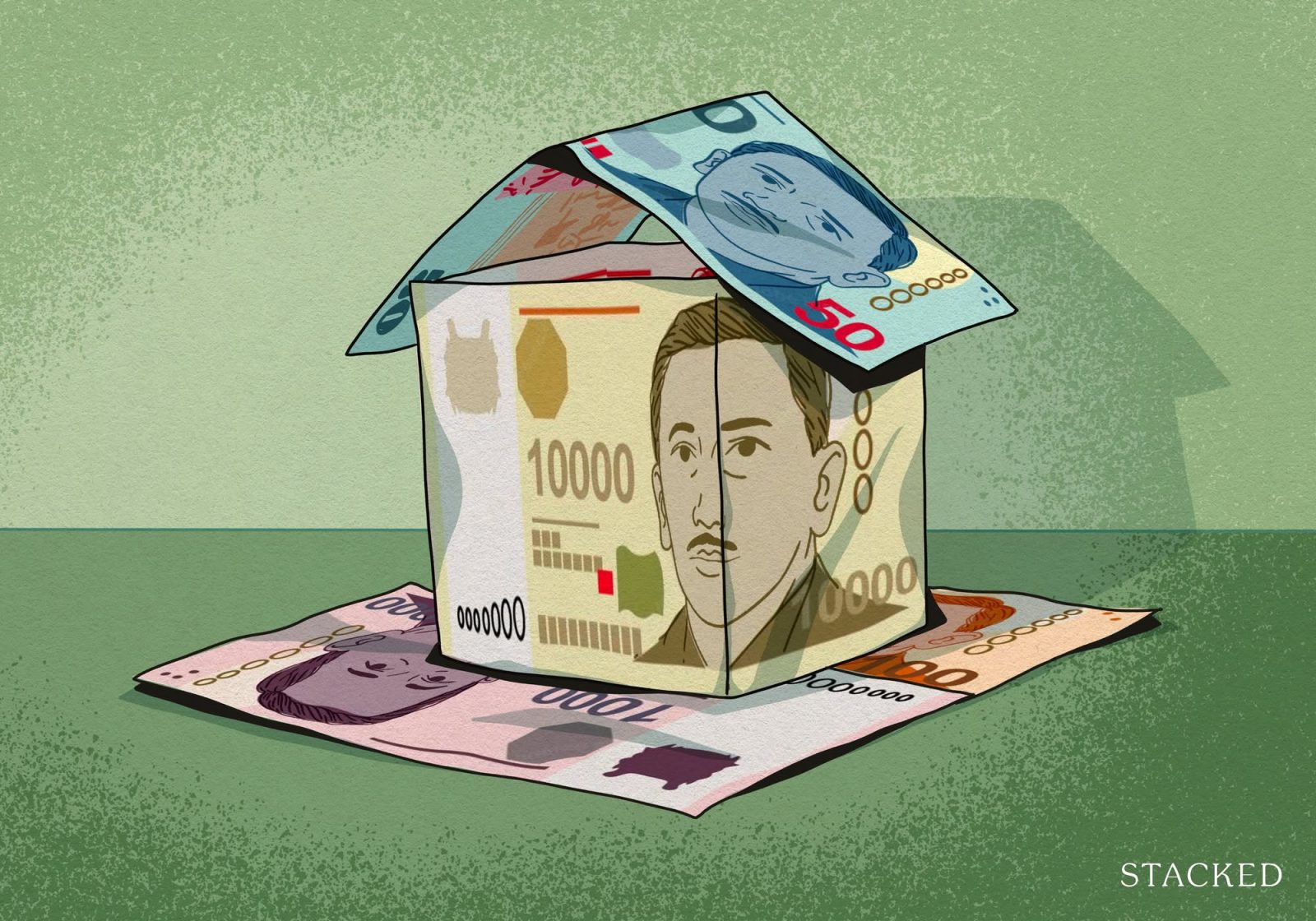
Malaysia restricts foreign property purchases to units priced at or above a minimum threshold. In most cases, this means you need to purchase a property of at least RM1 million; but this varies by state and property:
In Kuala Lumpur, Johor, Selangor, and Penang Island, foreigners typically (not always) face a RM1 million minimum for strata properties.
In states like Perlis, Kedah, and Sarawak, thresholds can be as low as RM500,000 to 600,000, especially for high-overhang strata units.
Special Project Waivers:
You might see some launches advertised at RM700,000 for foreigners, such as the recent Johor-based offering Summer Suites. These cases usually happen because the actual government valuation still reaches RM1 million, even if the developer is pricing it below that valuation or for other reasons (e.g., they specifically want to attract foreign buyers).
What are the implications for investors?
The minimum price threshold significantly impacts what you can buy, and who you can eventually sell to. Bear in mind that even if exemptions allow for a lower entry price (e.g. RM700,000), the threshold still applies on exit.
This means future foreign buyers must meet the RM1 million threshold when they buy from you. This potentially restricts the buyer pool, and it makes capital appreciation a necessity rather than a bonus, when you want to exit.
As such, the threshold turns resale planning into a critical part of the investment strategy. You really need to ensure the area has clear appreciation catalysts (e.g. RTS line, CIQ, SEZ), or that you’re happy just collecting rental income, even if you never sell.
2. There are restrictions on the property types you can own

Foreigners in Malaysia are restricted from owning certain types of properties, regardless of price.
The main ones are Bumiputera-reserved units, which are allocated exclusively for ethnic Malays and other indigenous groups, and Malay-reserved land, which cannot be sold to non-Malays under any circumstances.
Some restrictions may vary between states. For example:
Selangor
- Foreigners can buy strata-titled properties and landed homes only in gated strata developments.
- Cannot buy agricultural land, auctioned properties, or properties under RM2 million in premium districts.
Sarawak
- Foreigners cannot buy any landed property or native customary land.
- Only strata-titled high-rise units above the price threshold are permitted.
Most States (e.g. Kedah, Kelantan, Sabah, Pahang, Terengganu, Negeri Sembilan)
Foreigners also cannot buy:
- Auctioned properties
- Certain single-storey terrace homes
- Properties on master titles without strata subdivision
One unfamiliar point for Singaporeans may be the variance in state-based rules, which is not something we encounter in single-city Singapore. Malaysia is a much larger country, so states need more flexibility to operate differently. You’ll have to check out the rules specific to each state.
3. Stamp Duties, Taxes, and Holding Costs Work Differently
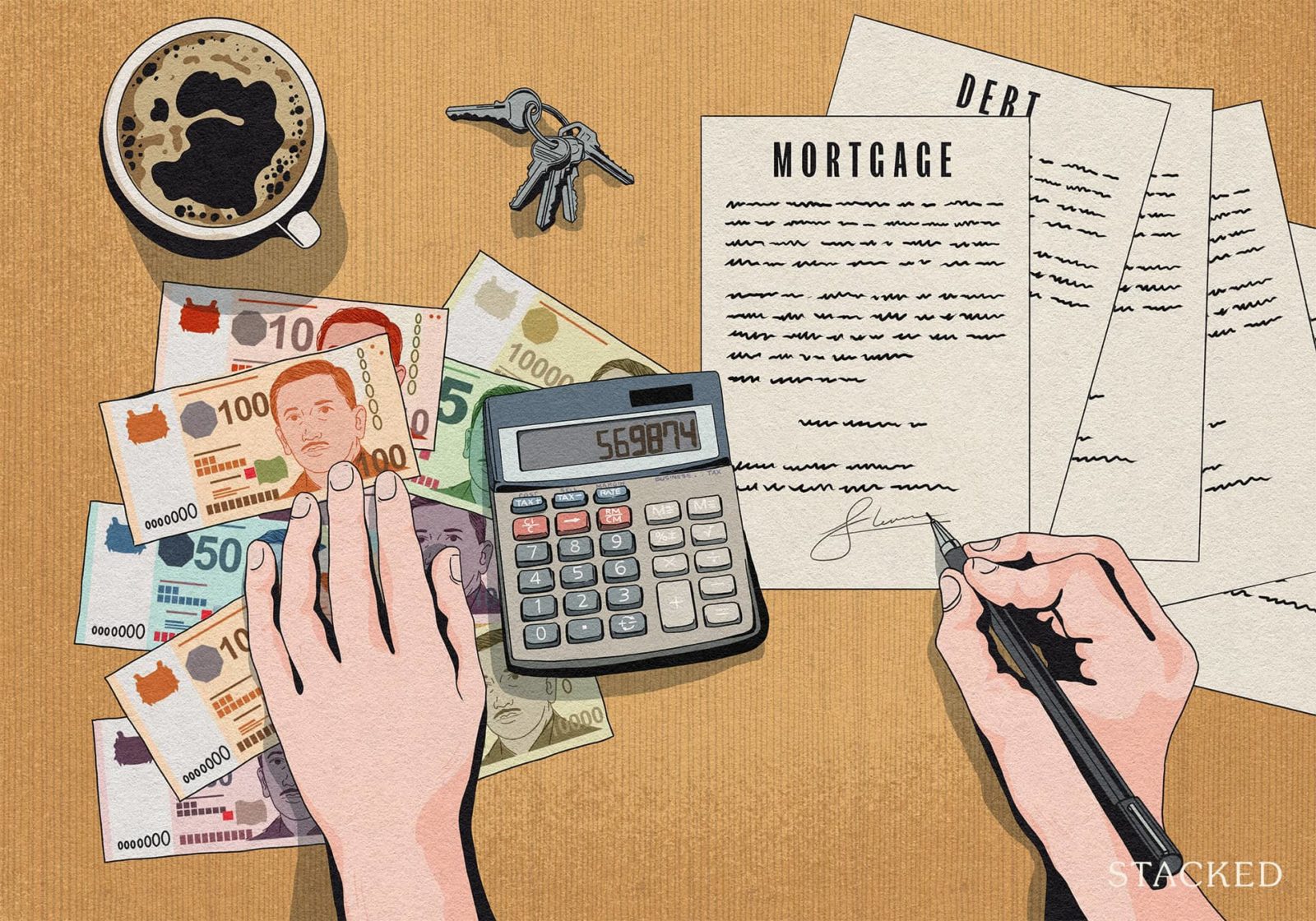
As with Singapore, there are stamp duties and taxes; but in Malaysia, the cost structure is very different; it can differ depending on the state and project. The timelines involved (e.g., when the duties are paid) can also differ, so you should check when each item is payable, with your law firm or realtor.
Entry Costs:
- Stamp duty on the Memorandum of Transfer (MOT) is tiered, but for foreigners, you’ll generally be paying around four per cent of the purchase price. We have more on this below.
- State consent fees also apply to foreign buyers; typically two per cent of the property price or RM25,000, whichever is higher.
- If you’re buying a new launch, developers may bundle in legal fees or offer rebates, but these vary widely. For some new launches, it is even possible to get a 100 per cent rebate on initial down payment amounts, but this is not a universal practice.
Holding Costs:
- Assessment Tax (Cukai Taksiran): Roughly 0.27 per cent of the property’s annual value, paid to local councils.
- Quit Rent (Cukai Tanah): A nominal land tax, often around RM0.03–0.04 psf annually.
- Maintenance fees and sinking funds: These are typically RM0.30–0.50 psf per month, plus a 10 per cent contribution to the sinking fund.
- Rental income tax: Rental income is taxable on a progressive scale. The first RM5,000 may be exempt, but after that, you’ll need to report and pay income tax in Malaysia. We have more on this below.
Exit Costs:
Real Property Gains Tax (RPGT) applies to capital gains from selling your property. RPGT is 30 per cent of the gains if you sell within the first five years of buying. For foreigners, RPGT then becomes 10 per cent after the first five years; there’s no way to completely avoid this as a foreign buyer.
(The gain is calculated as the selling price minus the original purchase price, plus allowable deductions, such as renovation costs, legal fees, agent commissions, and stamp duty on acquisition.)
Other costs include agent commissions, which are roughly the same as in Singapore (about two per cent of the transaction price) and early prepayment penalties, which depend on the bank in question – this is similar to Singapore though, where paying off some home loans early may involve a penalty of 1.5 per cent of the loan amount redeemed. This exact amount will vary based on the terms and conditions of your loan and the bank you use.
For investors, you need to account for these entry, holding, and exit costs in your ROI calculations, and not just rely on a low entry price. The key factor to watch for is the capital gains tax, of which we have no equivalent in Singapore.
More from Stacked
How Profitable Are Old 1990s Freehold Condos In Singapore? Here’s The Top 20 Since 2013
In the Singapore property market, sometimes appearances can be deceiving. Despite the aged facades, peeling paintwork, and limited amenities, some…
4. Understanding the MOT

The MOT is a critical legal document, as it formally transfers ownership of the property from the seller to you. While the Sale and Purchase Agreement (SPA) outlines the terms of sale, it is the MOT that legally registers your name on the property’s title.
Without it, you are not recognised as the lawful owner by the Malaysian land authorities.
For most buyers, especially foreigners, the MOT is signed either at the point of sale (if the title has already been issued) or upon completion for new launches.
This document must be stamped and lodged with the relevant land office, and stamp duty is payable based on a tiered rate structure: The first RM100,000 of the property’s value is taxed at one per cent; the next RM400,000 is taxed at two per cent, and so forth.
Any value above RM1 million is taxed at four per cent (and remember that as a foreigner, you generally have to buy a property that’s at least RM1 million). Note that the MOT is based on the higher of the valuation or selling price, just like the Buyers Stamp Duty (BSD) in Singapore.
If a mortgage is involved, you’ll also sign a separate document called a Memorandum of Charge (MOC). This registers the bank’s right to foreclose on the property if you don’t pay the loan.
As with any stamp duty, make sure you budget for the MOT before buying – it’s on top of the price of your property.
5. Rental and tax implications
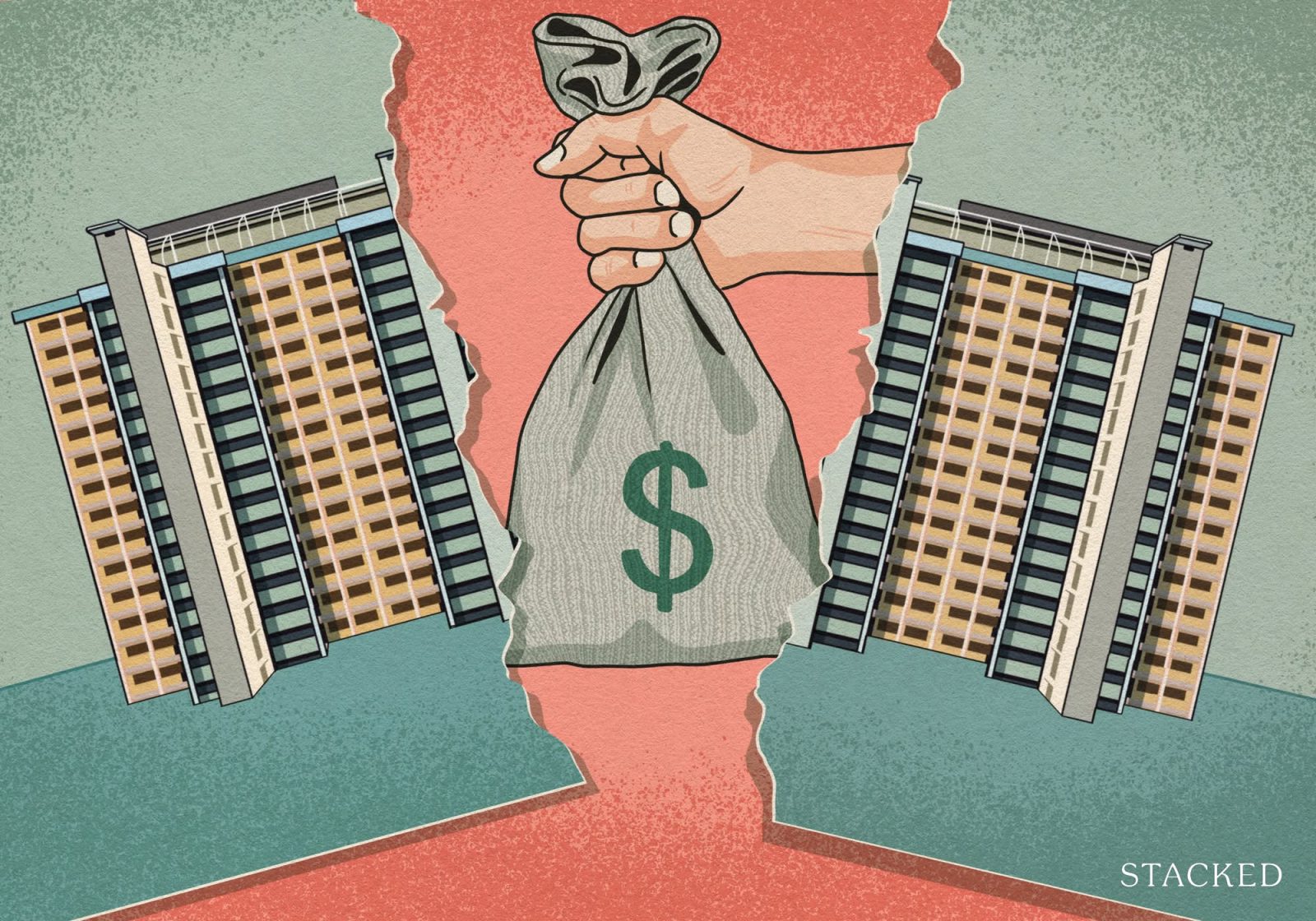
Rental income in Malaysia is taxable, just as it is in Singapore. If you’re a non-resident foreigner (i.e., you don’t live in Malaysia for at least 182 days a year), you’ll be taxed at a flat rate of 30 per cent on your net rental income.
Again, note that’s net income, meaning you’re allowed to deduct certain legitimate expenses before tax is applied. Deductible expenses include:
- Quit rent
- Assessment tax
- Repairs and maintenance fees
- Property agent commissions (for lease renewals)
- Interest on your housing loan (only the interest portion, not the principal repayment)
It’s also important to understand the distinction between residential and business rental income. If you’re simply leasing a property without offering services like cleaning, security, or concierge, your rental income is treated as residential income under Malaysia’s Income Tax Act.
But if you actively manage the property with substantial services (e.g., in a serviced apartment or Airbnb-type setup), your income may be reclassified as business income under the same act. This may allow for additional claims such as capital allowances, but also brings stricter reporting obligations.
Rentals under business income are outside the scope of this article, and are much more complex; so you’ll need to consult with a lawyer or the relevant tax experts for this sort of investment.
Also, keep in mind that only recurring or operational costs after the property is generating income are claimable (e.g., commissions for securing your very first tenant are not deductible, but subsequent commissions for lease renewal are.)
One notable difference from Singapore is that there’s no simplified flat deduction for landlords
In Singapore, individual landlords can opt for the 15 per cent deemed expenses method, where you don’t need to track actual rental-related expenses. Instead, IRAS allows you to deduct a flat 15 per cent of gross rental income as expenses. This simplifies tax filing significantly.
In Malaysia, however, you must declare your gross rental income, and then itemise and prove actual expenses if you want to claim deductions. This does mean you need to keep proper receipts and other paperwork.
6. HDA or non-HDA? The protections differ

In Malaysia, some properties are covered under the Housing Development (Control and Licensing) Act 1966 (HDA), but others are not. This involves a very important layer of protection.
The HDA applies to many (not all) residential properties, such as condominiums, terrace houses, or some serviced apartments. If your property is covered by HDA, you benefit from a standardised Sale and Purchase Agreement, a progressive payment schedule tied to construction milestones, defect liability protection, and safeguards that prevent the developer from misusing your money. Simply put, the government checks that the money collected is spent exactly as the developer claims it’s spent.
The government even withholds five per cent of the developer’s funds post-handover, to cover any liability claims during the defect period.
The tricky bit is that not all property types fall under HDA. There are properties that have no guaranteed delivery timeline or standardised contracts. Usually, this happens with commercial-titled residential units, such as shoplot-based apartments, or certain short-term rental projects; but it’s always worth checking just in case.
You almost always want the project to be HDA-governed before you sign anything. If it’s not, you’re taking on higher legal and financial risk. You can verify the developer’s license and the project’s approval status through Malaysia’s Ministry of Housing, or just
For Singaporeans who approach it with the right mindset, Malaysian property can offer investment opportunities
More space for less money, more attractive rental yields, and the old inflammatory argument that the food there is better. There’s also an undeniable safety valve for some investors in that – in the worst case scenario – many can opt to live in their Malaysian property while renting out the Singapore one.
But the key is to know what you’re buying into – literally and legally – and to treat your investment as a long-term play, not just a bargain-hunting adventure. For more insights on overseas property investment, or if you have a property you’re eyeing across the causeway, reach out to Stacked for help.
If you’d like to get in touch for a more in-depth consultation, you can do so here.
Ryan J
A seasoned content strategist with over 17 years in the real estate and financial journalism sectors, Ryan has built a reputation for transforming complex industry jargon into accessible knowledge. With a track record of writing and editing for leading financial platforms and publications, Ryan's expertise has been recognised across various media outlets. His role as a former content editor for 99.co and a co-host for CNA 938's Open House programme underscores his commitment to providing valuable insights into the property market.Read next from Editor's Pick

New Launch Condo Analysis This New Pasir Ris EC Starts From $1.438M For A 3-Bedder: Here’s What You Should Know
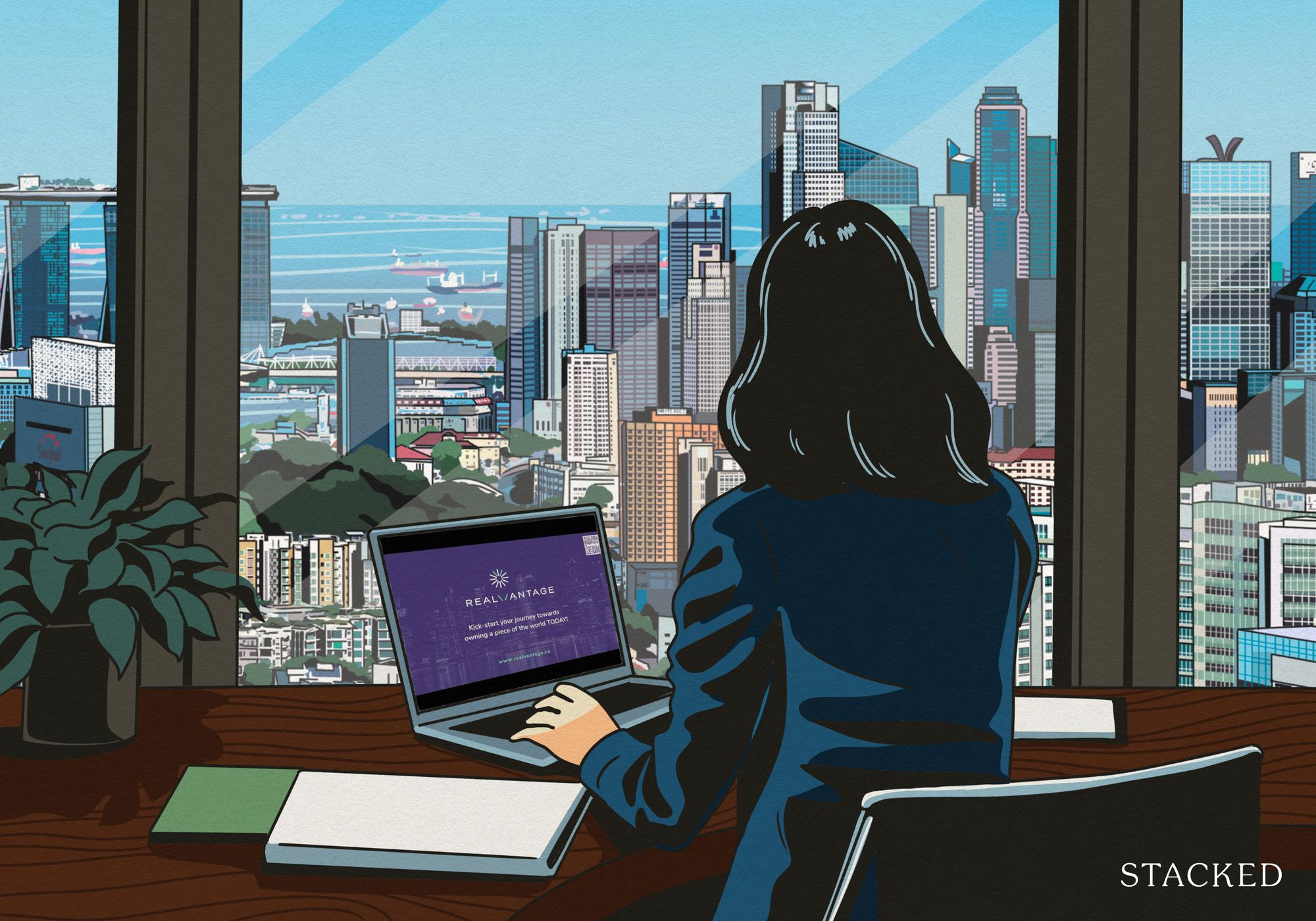
Property Investment Insights How This Singapore Property Investor Went From Just One Property to Investing in Warehouses and UK Student Housing
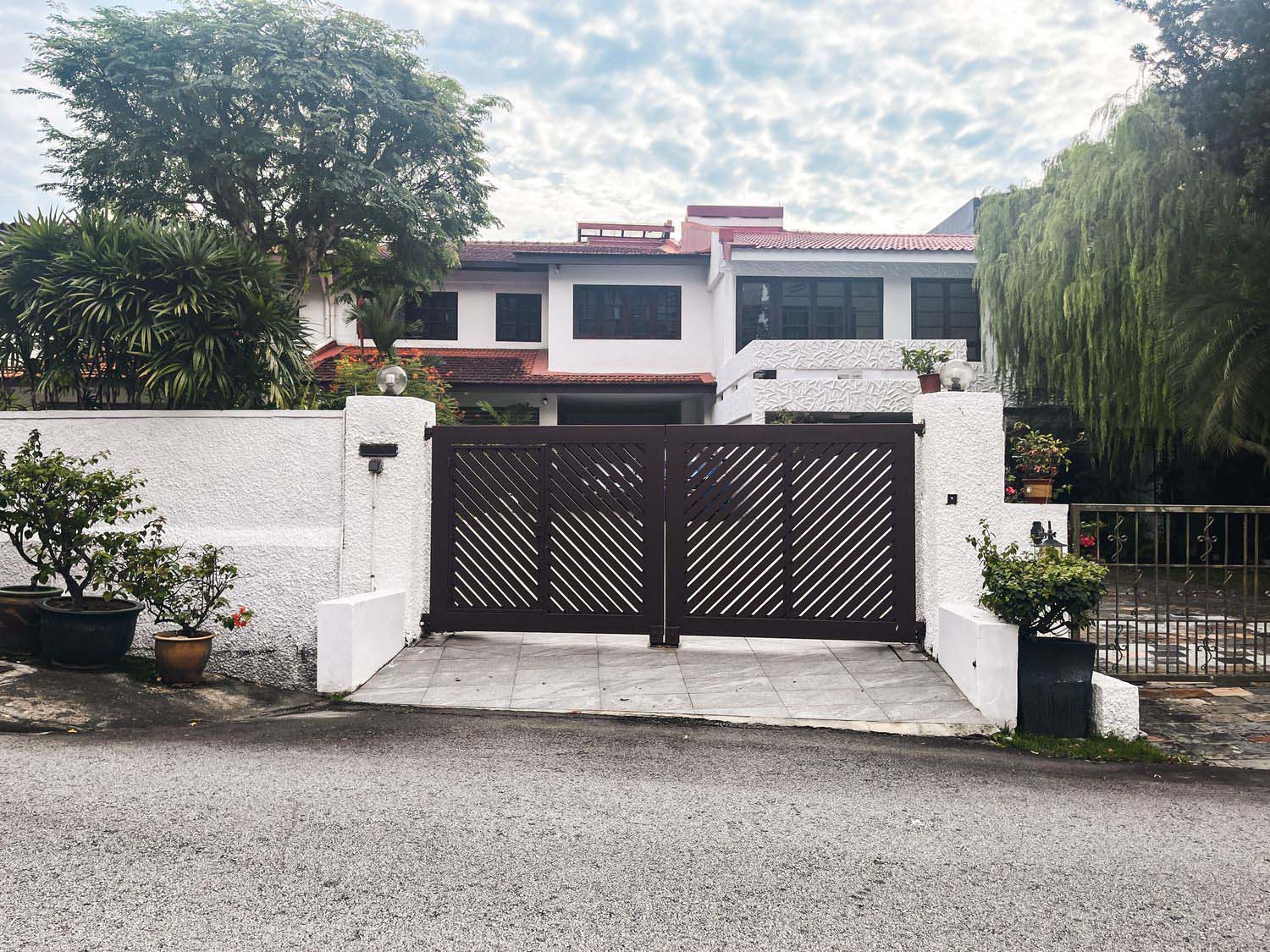
Landed Home Tours We Toured A Quiet Landed Area In Central Singapore Where Terraces Have Sold Below $8 Million

Property Market Commentary Are New Launch Condos Really Getting Cheaper in 2025? The Truth Isn’t What You Think
Latest Posts

Property Advice We Own A 2-Bedder Condo In Clementi: Should We Decouple To Buy A Resale 3 Bedder Or Sell?
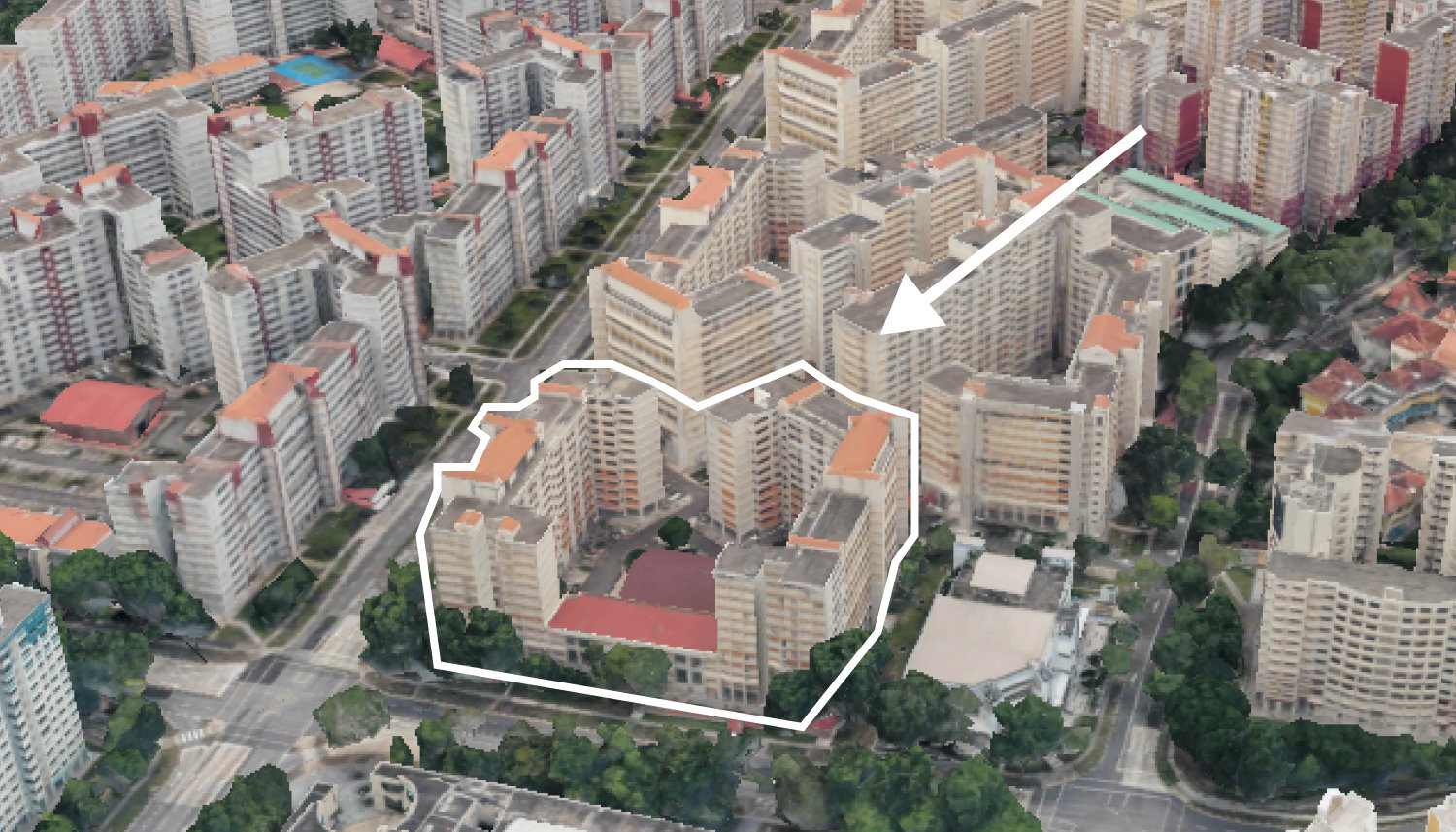
On The Market We Found the Cheapest Yet Biggest 4-Room HDBs You Can Buy From $480K
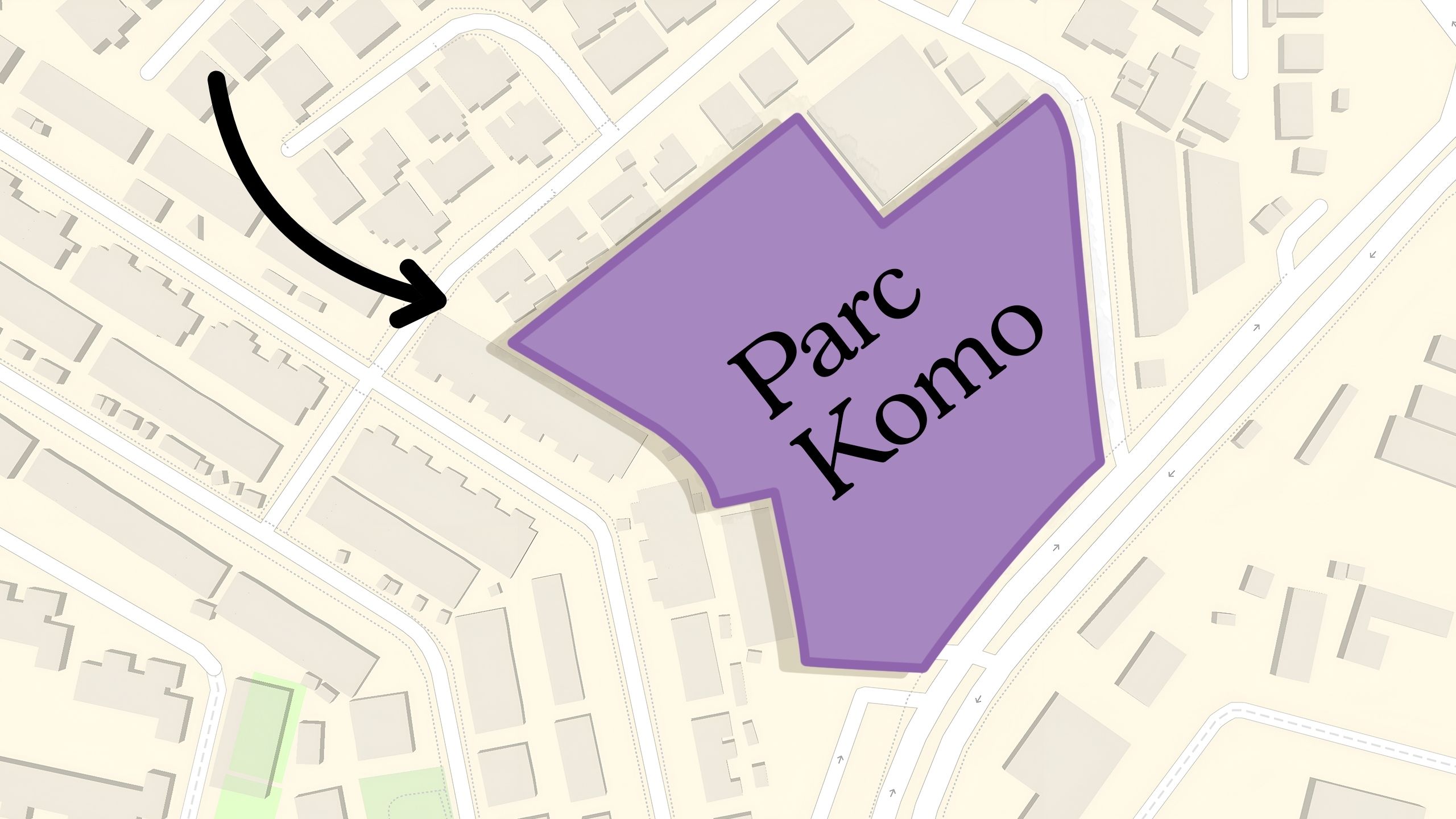
Pro Why This Freehold Mixed-Use Condo in the East Is Underperforming the Market
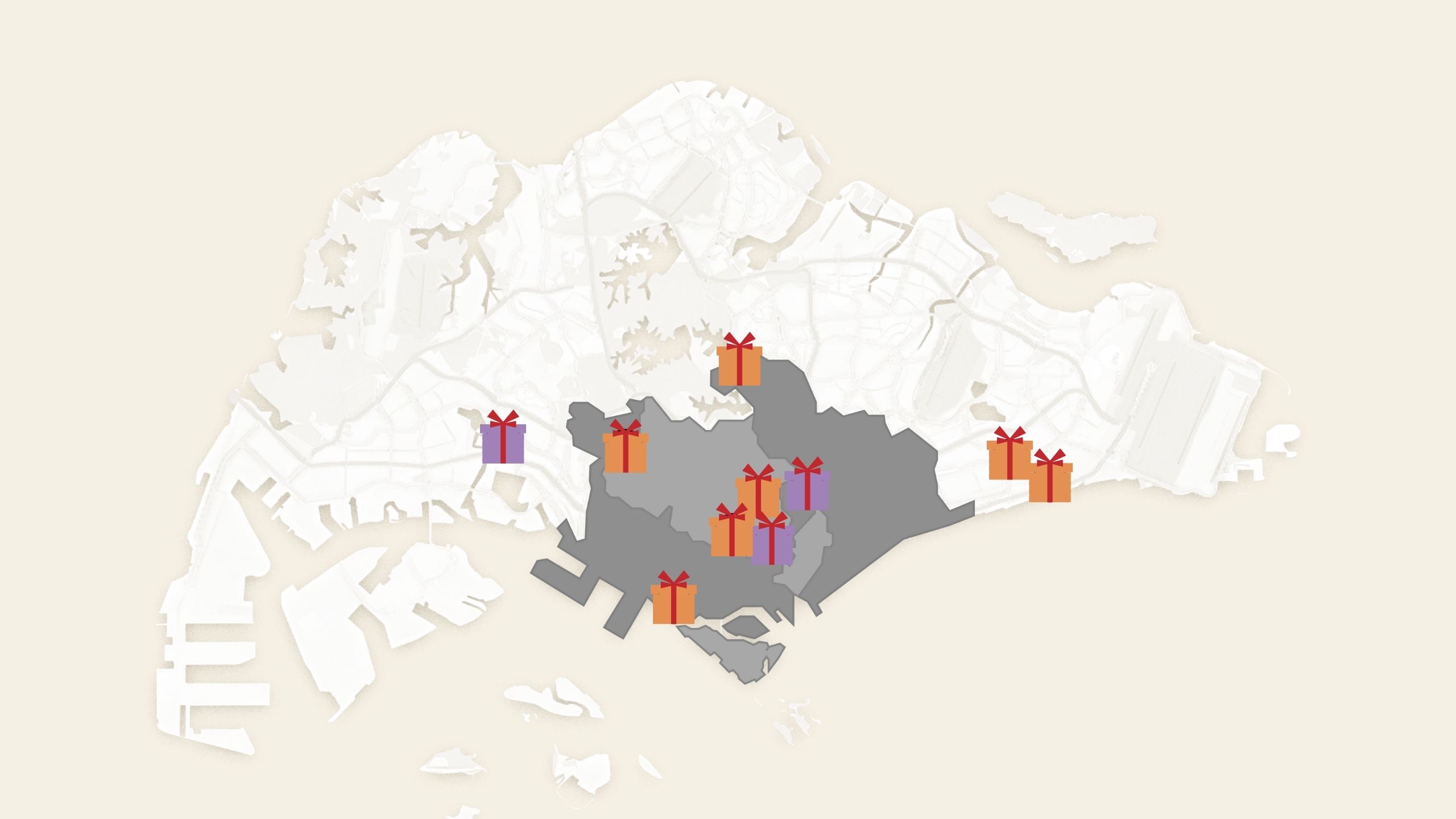
Singapore Property News 10 New Upcoming Housing Sites Set for 2026 That Homebuyers Should Keep an Eye On

Homeowner Stories I Gave My Parents My Condo and Moved Into Their HDB — Here’s Why It Made Sense.
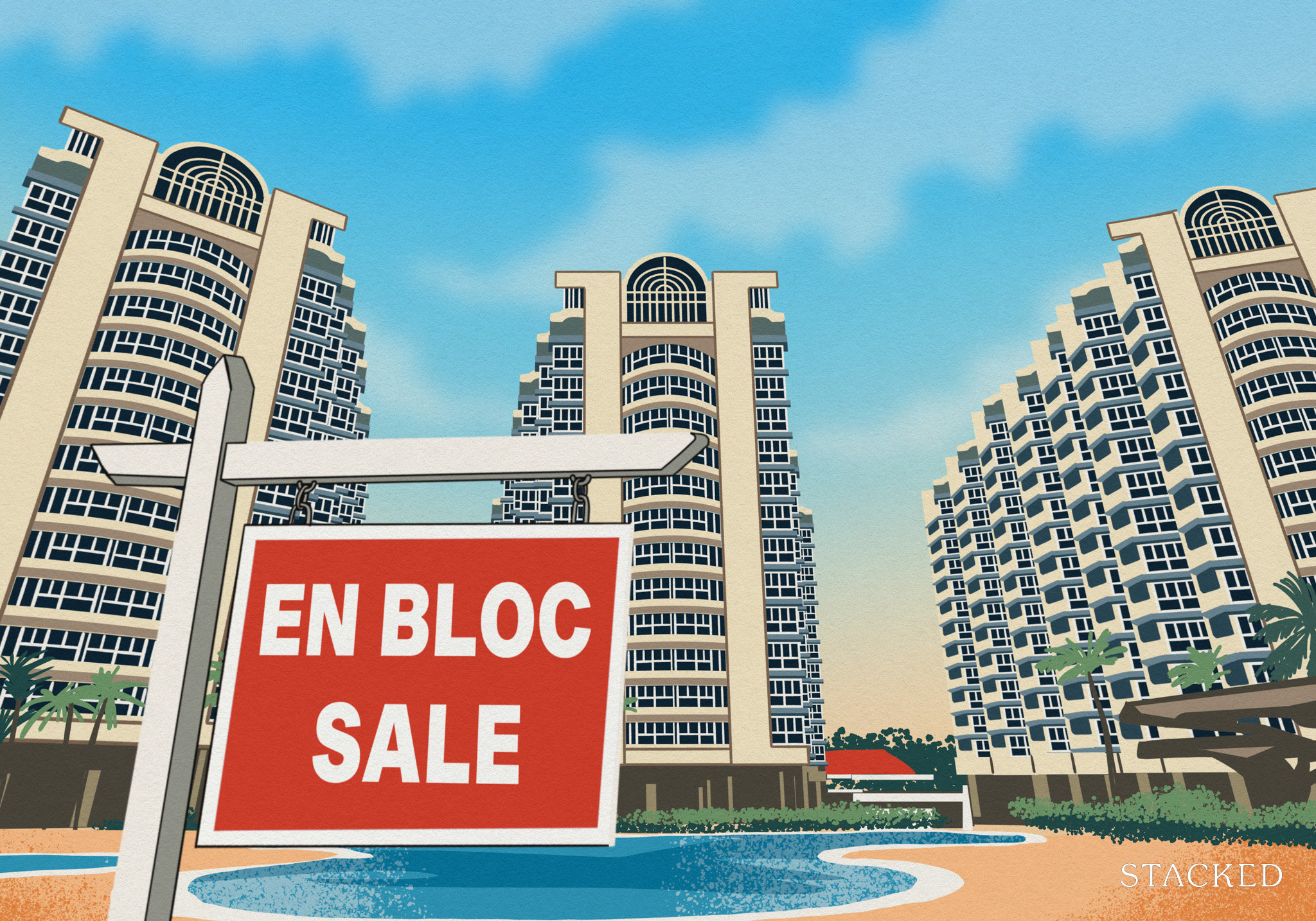
Singapore Property News Will Relaxing En-Bloc Rules Really Improve the Prospects of Older Condos in Singapore?
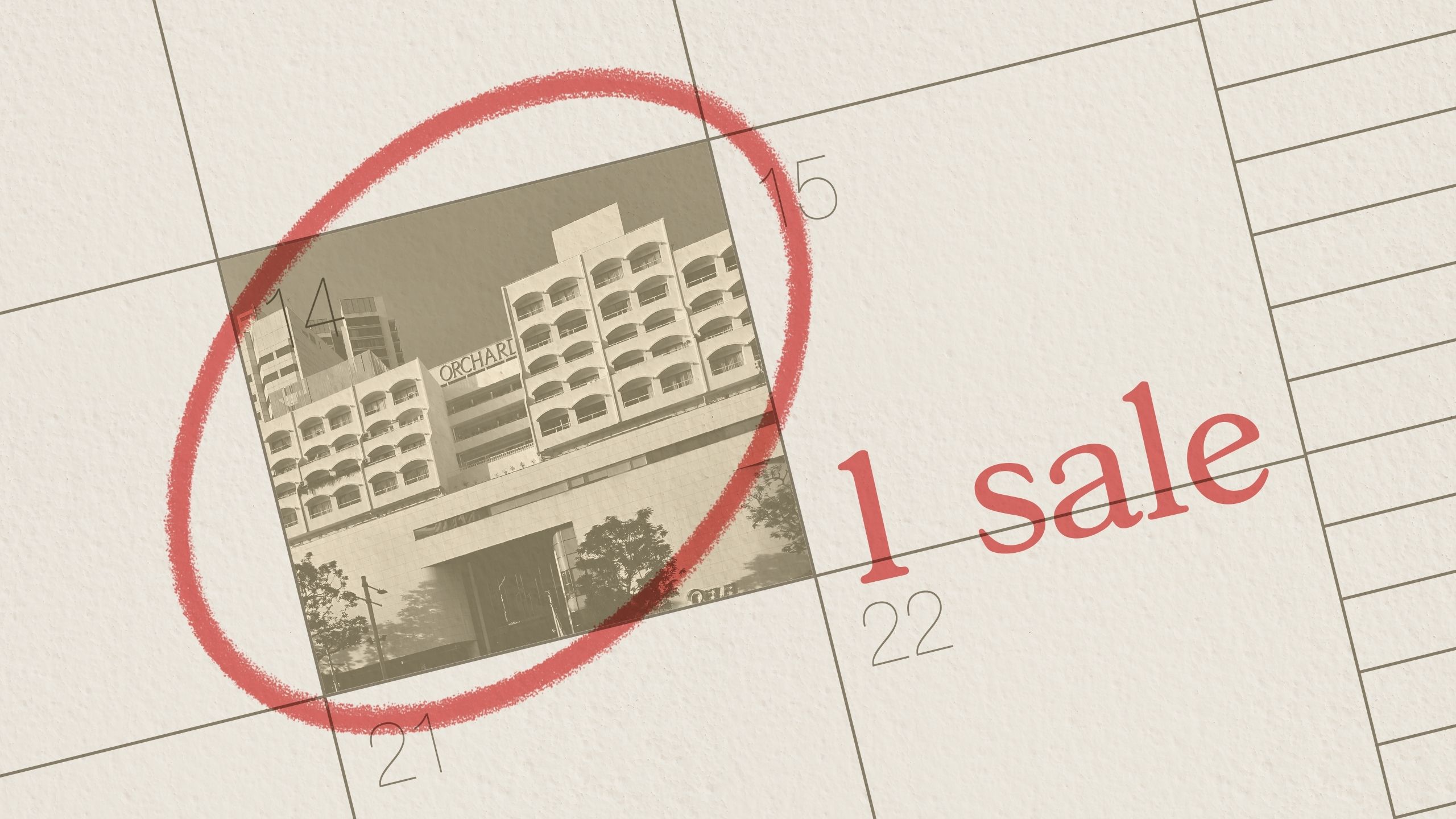
Property Market Commentary The Rare Condos With Almost Zero Sales for 10 Years In Singapore: What Does It Mean for Buyers?

Pro Why This Large-Unit Condo in the Jervois Enclave Isn’t Keeping Up With the Market
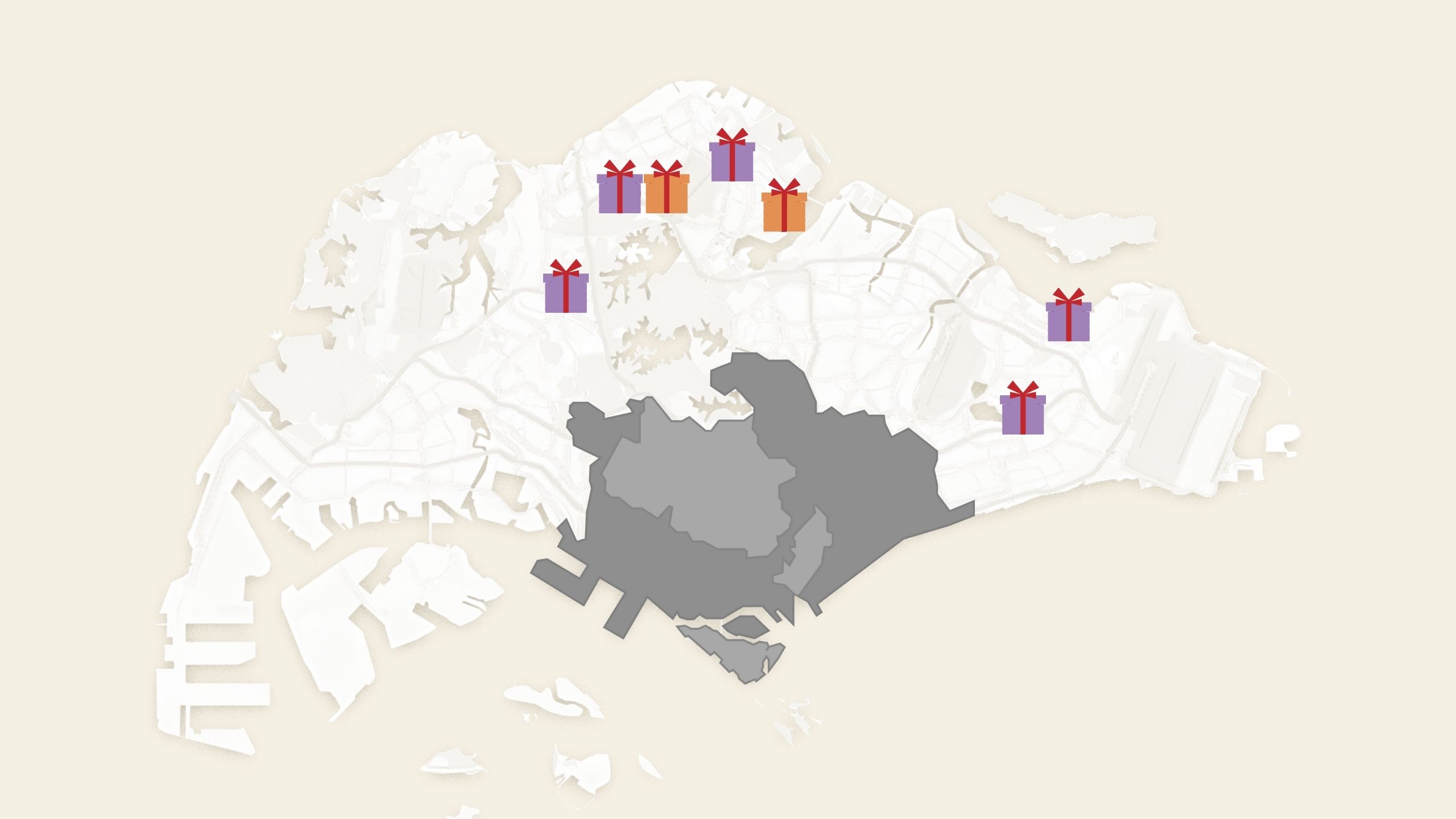
Property Market Commentary 5 Upcoming Executive Condo Sites in 2026: Which Holds the Most Promise for Buyers?

Singapore Property News A Housing Issue That Slips Under the Radar in a Super-Aged Singapore: Here’s What Needs Attention

Landed Home Tours Inside One of Orchard’s Rarest Freehold Enclaves: Conserved Homes You Can Still Buy From $6.8M
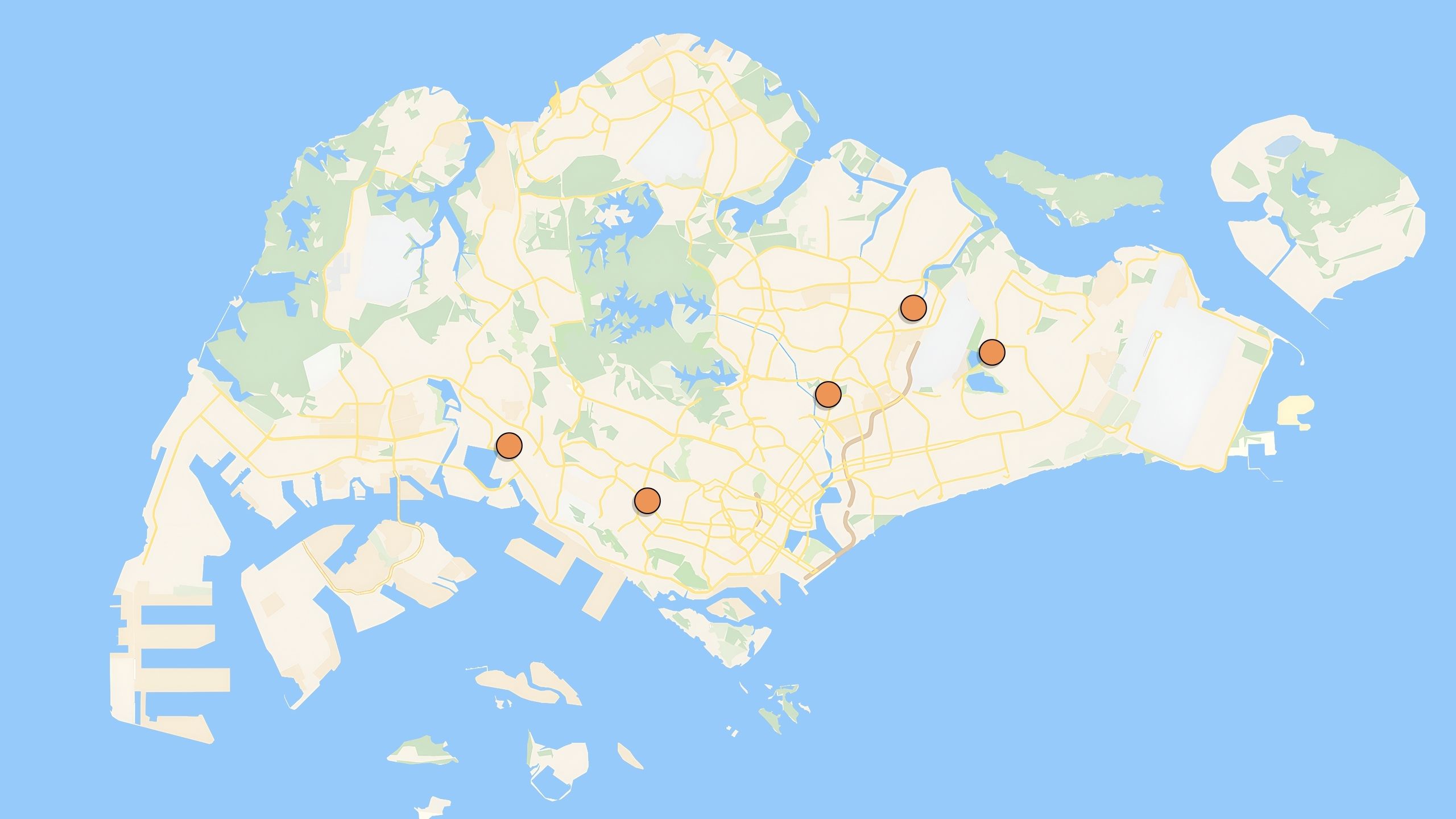
Property Investment Insights These 5 Condos In Singapore Sold Out Fast in 2018 — But Which Ones Really Rewarded Buyers?

On The Market We Found The Cheapest 4-Bedroom Condos You Can Still Buy from $2.28M
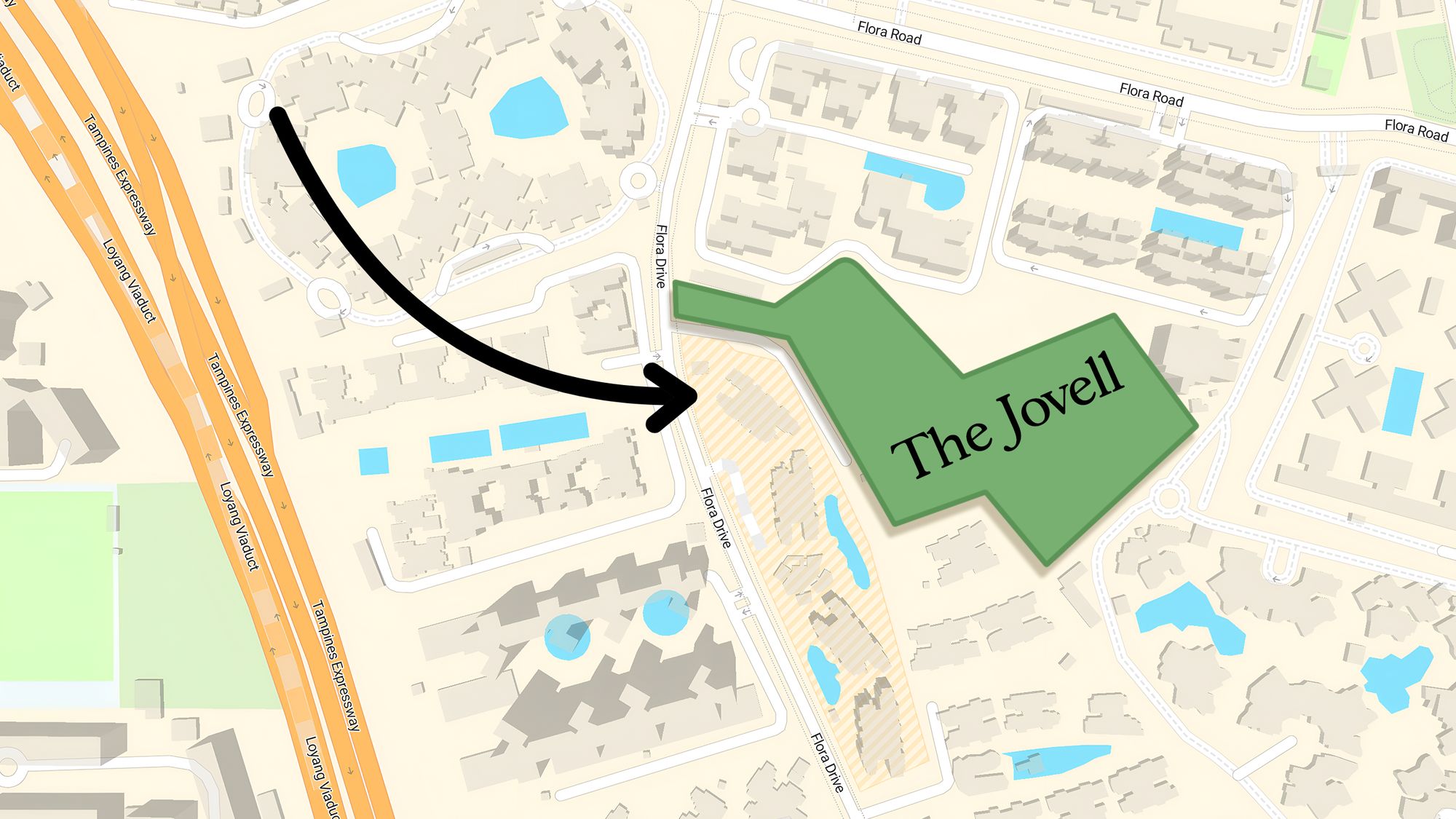
Pro Why This New Condo in a Freehold-Dominated Enclave Is Lagging Behind
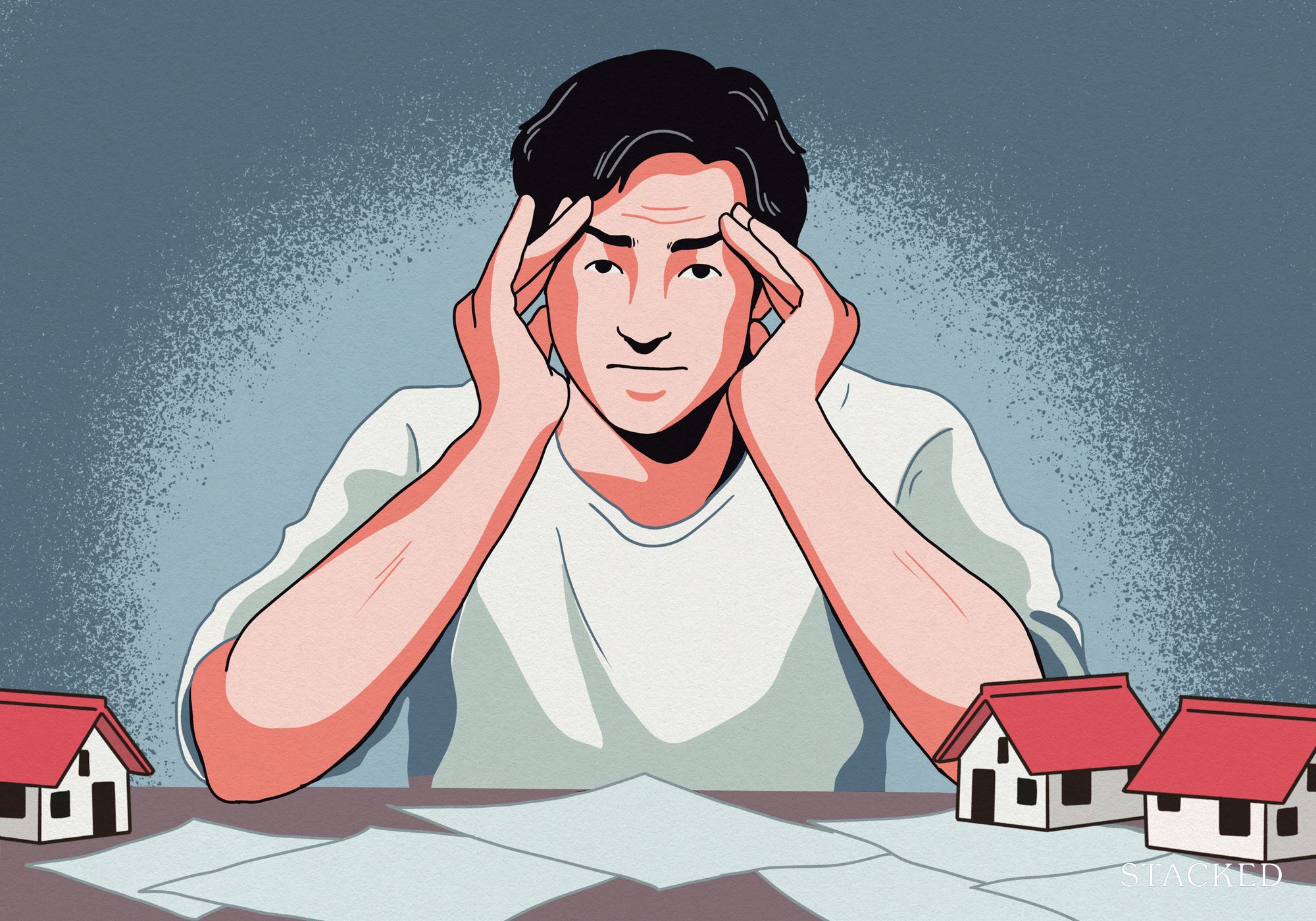
Homeowner Stories “I Thought I Could Wait for a Better New Launch Condo” How One Buyer’s Fear Ended Up Costing Him $358K


